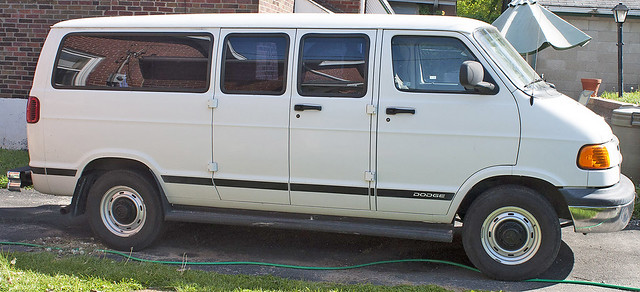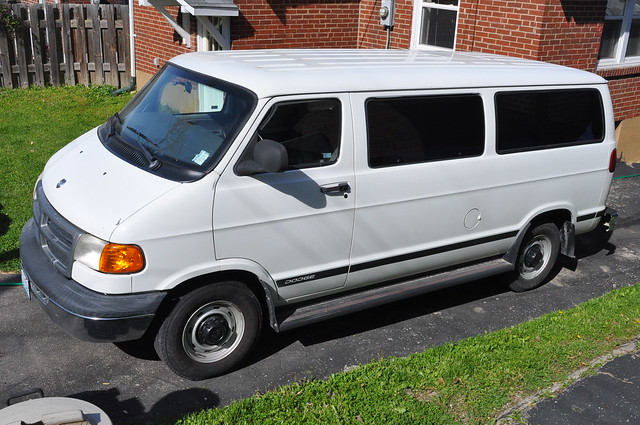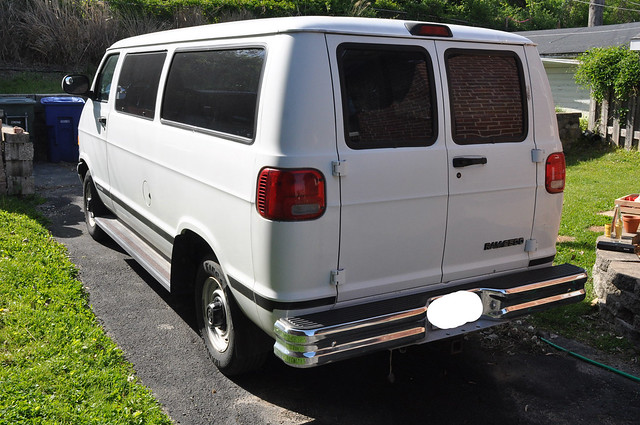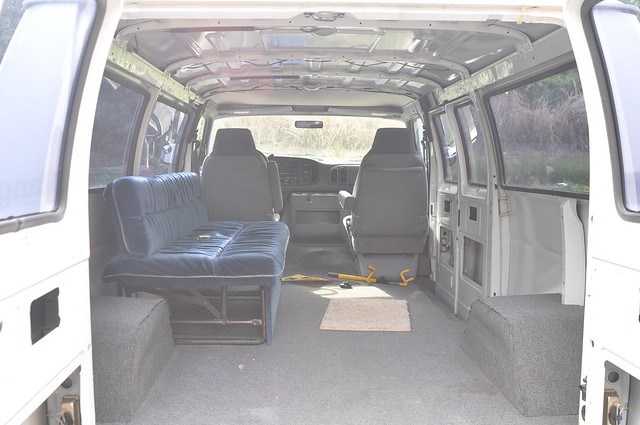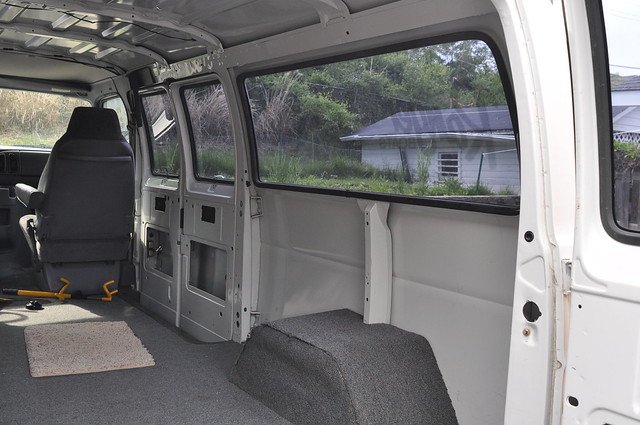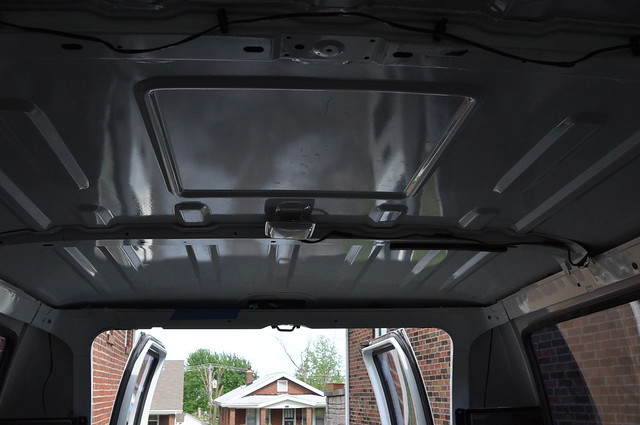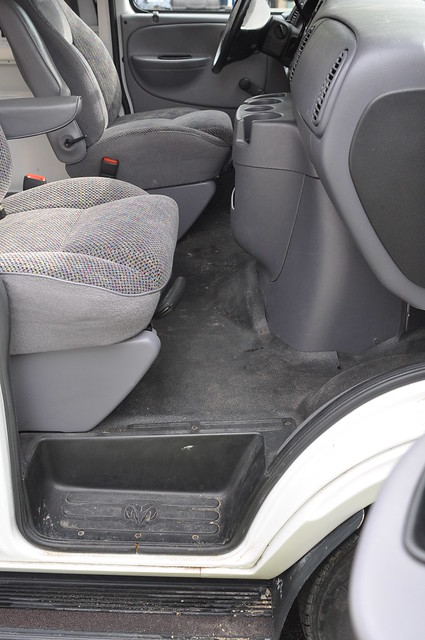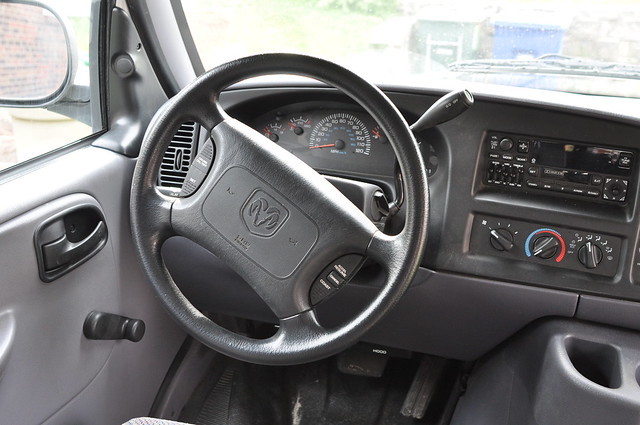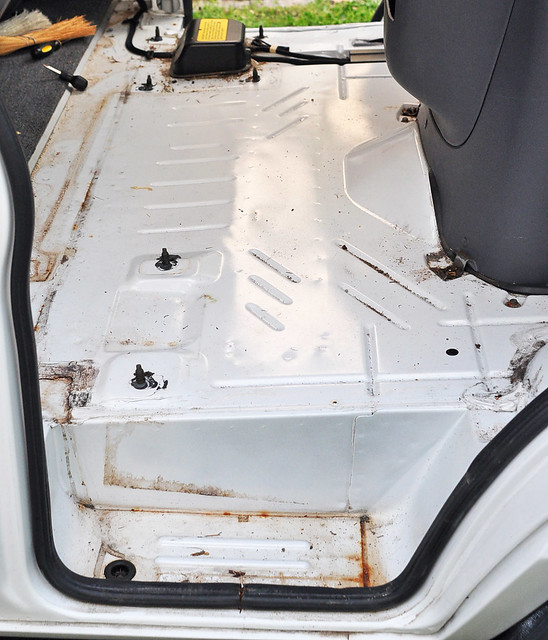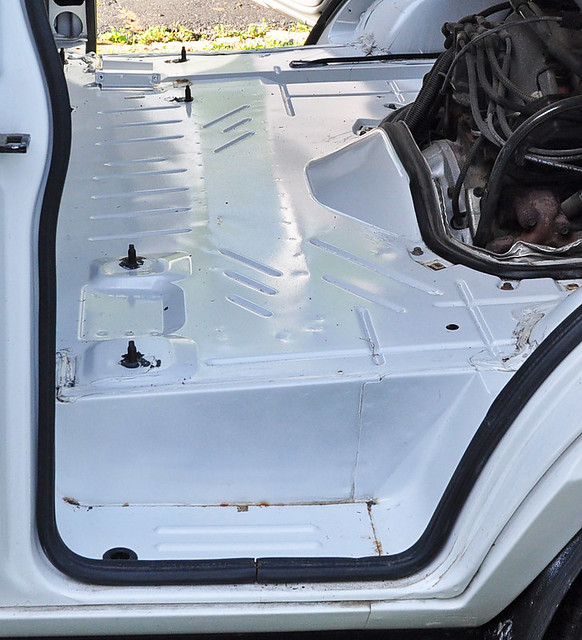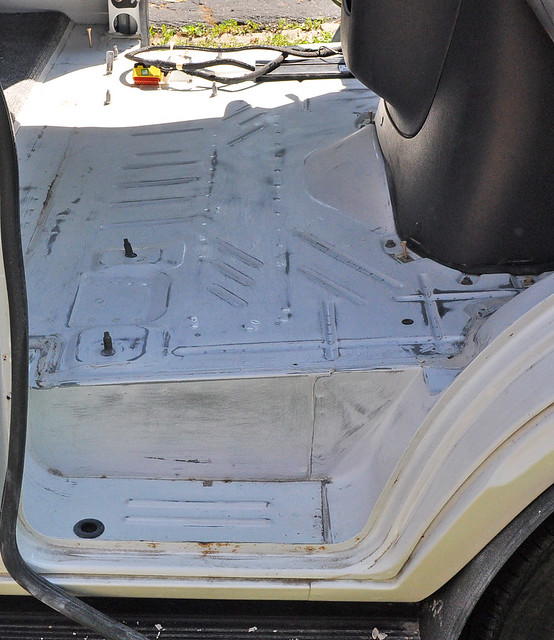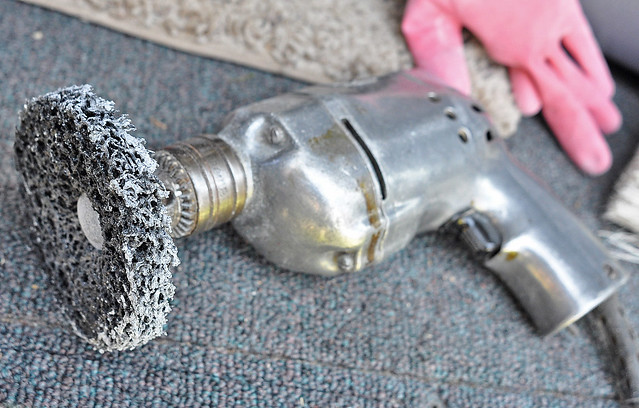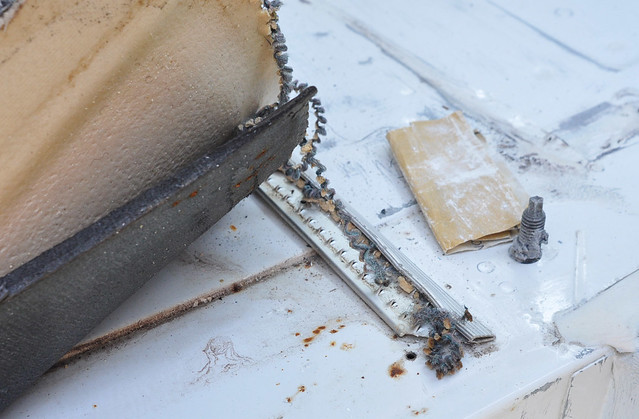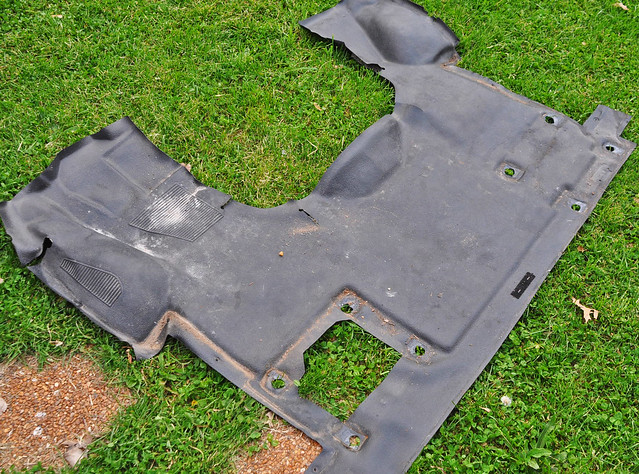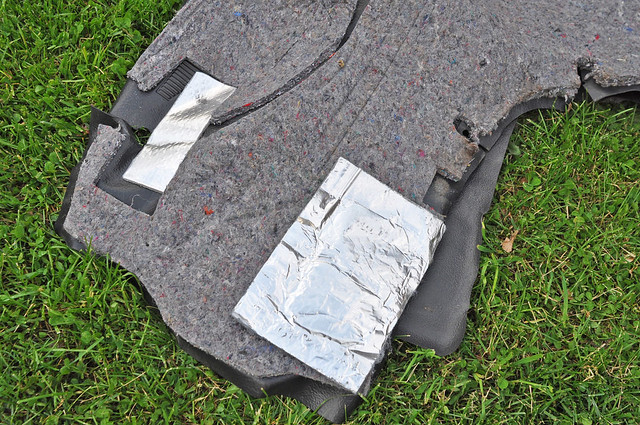FALCON
Well-known member
- Joined
- Mar 28, 2015
- Messages
- 500
- Reaction score
- 0
INTRO, BACKGROUND, MOTIVATION
Hello! I’m just getting started on converting a van to:
- Live in
- Travel around the U.S.
- Use as a base for adventures (hiking, swimming, bicycling, exploring, photography, etc.)
I’ve recently bought a van to convert. But before I get to that, this first post is to provide some background information on myself and my line of thinking I’ve followed to get to this point. WARNING - this post is very long and doesn’t have anything about the van or conversion - that will come in future posts. I’m trying to improve my writing skills, so every once in a while I may go on a writing spree like I am with this post.
BACKGROUND
Sex - Male
Age - Low 30s
From - Midwestern U.S.
Schooling - Engineering
Career - Manufacturing - management/coaching
Myers briggs type - INTJ
Religion - Living in accordance with nature (in other words: Nature and philosophy)
I’ve always thought quite independently. I don’t automatically adhere to commonly held assumptions, but rather make intentional decisions based on my own priorities, insights/opinions, and calculations. I’ve also been quite frugal - and have gotten more and more so over the last five years. I can be quite creative as well. These things, in combination, are allowing me to make huge changes to my life. This is one of the first big changes.
TIMELINE
Here are a few selected stories - each has some amount of relevance here
Age 10 - - POSSUM BLUDGEONING
When I was a kid, I spent about a week at the house of a best friend. Him and I were hanging out one day and his mom came over and said she needed his help. She took us to the front of her house and explained that there was a squirrel inside the gutter downspout again. She laid out the plan for Adam: he would hold a plastic bag (a few grocery bags inside each other) over the end of the downspout, she would rattle it to flush out the squirrel, the squirrel would run out and into the bag, and Adam would use the bag to swing the squirrel into their sidewalk and kill it. (I think she was tired of this squirrel(s) getting in there numerous times and that’s why she wanted to kill it).
They got in position. She rattled the downspout. The squirrel ran into the bag. Adam started swinging it into the ground. She yelled out at him “Harder!! you have to kill it. Swing it harder!!”. Adam swung harder, and with a few solid hits in the ground, the squirrel was dispatched. I thought to myself - this was a very good method - minimal tools required, no mess, no blood and guts - and you can just throw the bag in the trash afterwords.
A few months later, I’m back home with my family, and someone discovers a sick looking possum in the bottom of one of our trash cans. We were city folks - not used to dealing with things like this. We go out to look at it. I tell me family “Ok guys, I’ve got this covered”. I ask my brother to go get a couple thick trash bags, and my sister to go get our aluminum baseball bat. My mom and dad sort of look at each other, maybe a bit surprised but probably also happy that I was going to handle this.
My siblings come back with the supplies and I put the trash bag over the top of the can (but in the opposite direction, so the bag is pointing out the top of the can instead of down into it). I have my brother help me turn over and lift up the trash can so the possum is at the bottom of the bag. I twist the bag a few times to trap the possum, and the bag is sitting on the ground, possum inside. Then I grabbed the bat and clobbered the possum a bunch of times. I remembered Adam’s mom yelling out “harder!” so I was hitting it as hard as I could, probably grunting while I swung. Each time, the bat hitting the possum with a thud or whack. I hit it from different angles to try to make sure I hit the skull.
Years later, my mom remembered this vividly. She could tell I enjoyed it. She saw that I was clearly different in some way, and, she worried, maybe a little crazy or violent. In reality, I was just creative. I enjoyed learning new things or principles and knowing how to apply those concepts in real situations. This was wonderful practice, being a similar situation but, because of the possum location and it’s size, requiring some modifications to the method. It was also a sign that I can get a lot of enjoyment from handling something normally considered a problem - especially if there is room for thought, creativity, and application of things I’m learning.
Age 23 - - BICYCLE TOURING DREAMS
Fresh out of college and working in a factory, I was getting my first taste of what working for the rest of my life would be like. I started bicycling as a form of cardio for fitness and fat loss back when I was 19, and I gradually got more and more into bicycling over the next ten years. At age 23, I bought a few books about bicycling. One of those books would help me to set a course for my life. It was a book about a couple that went bicycle touring around the whole world. It was called Miles from Nowhere by Barbara Savage. Inspired by the book, I started learning about bicycle touring and other forms of adventure travel. I formed a dream in my head about saving my money for a while and quitting my job to tour for a year or more. I knew that I could live well below my means. I’d studied engineering at university and now I had a good job making about $50k per year - much more than I needed. I had $18k of college loans to pay off, and another $18k for a new car I’d just bought.
I bought a touring bike and the gear I’d need, and went on a short trip in Colorado. My dad lived in Denver at the time, so I drove out to his house and left from there. I spent 3 days riding up into the mountains and to Estes park the long and scenic way. I left not knowing where I’d stop to camp or even what type of place I would do it in. Fee campgrounds? people’s land? parks? I didn’t even know what dispersed camping was at the time. I figured things out along the way and it worked out wonderfully.
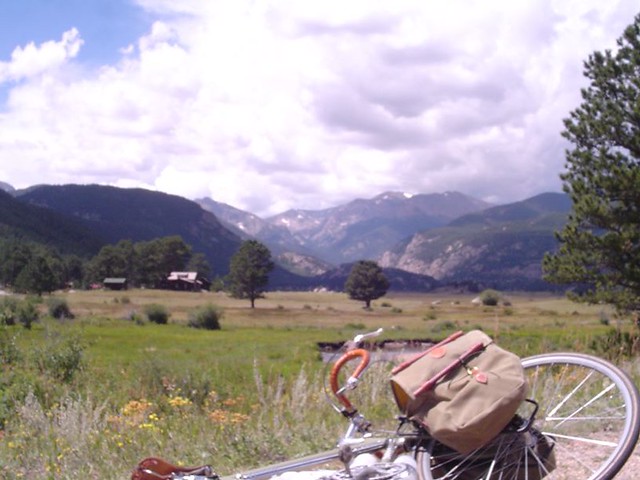
I sold this bike a few years later. It’s the one bike I regret selling.
Age 23-27 - - LIVING NORMALLY
After the bike tour, I went back home and sort of forgot about the bike touring adventure idea. I started spending all the money I made (other than some 401k addition). I had a few years of living what was basically a “normal” life - one common for young americans. I was doing some travel with friends, a lot of bicycling, weightlifting, lots of going out drinking and chasing women, and working a lot. I had frugal habits, some of which were just carryovers from university time. Things like riding my bike to the bars and carrying a flash and/or a big mixed drink in a bike water bottle. My frugalness was not about spending less money in total - it was about spending efficiently - about getting the most out of the money I had available to spend.
Age 24 - - QUESTION FROM A WISE COWORKER
I was at work one day, minding my own business, getting mail or making copies of something. A co-worker came in and we spoke for a few minutes. He asked me about how I liked my job/career so far and I explained that I’m enjoying it. He asked me a very direct question - “So - is this really what you want to spend the rest of your life doing? Working in a factory making widgets*?” Of course, standing right there, I didn’t have time to fully process the question, and also I wasn’t going to tell him about the previous thoughts I had of quitting to bicycle tour. I said “yeah, as far as work goes, I like doing this and I could do it for the rest of my career”.
[*]
His questioning didn’t really strike me at the time, but my brain was wise enough to file that conversation - his question, his tone - everything about it - in the back of my head. I would come back to that question a number of times over the next ten years. It eventually evolved into a reminder of what I believe a person is meant to do in life - certainly not to work all day inside a factory making widgets. As my expected duration of this career became shorter and shorter, when I used that line: “for the rest of my career”, it began to mean something very different for me than what other people heard.
Age 27 - - FITNESS AND BIKE RACING
In my late 20’s, I moved to an area of the country that has a lot of bicycle racing. I had been thinking about racing before, but there weren’t many races where I lived. So I started racing. I got very interested in the sport and spent three years on it. I did quite well - I had a lot of fun, won many races, and helped my team mates do well. In the third year of racing, I started to feel that I had my fill of this - I had learned 80-90% of what I was ever going to learn about bike racing and training - and I had gotten a taste of how much fun I could ever have with it. I also started to get into personal finance - and I was spending a LOT of money on bicycles, gear, and racing. ($10k per year for a few years straight).
I still have a love for bicycling - and this will be relevant when I get into the conversion - I will want the capability to bring a bicycle and riding gear with me. I won’t need it all the time, but I do want the ability to bring it along for some parts of my travels.
There are some other phases I went through with hobbies - things that I focused on pretty intently and became proficient or good at - things like photography, strength training, dancing, certain video games, and more. I tend to go through phases with hobbies - with interest over a few years, and then sort of shelving further development but still making use of the skills I learned when beneficial.
Age 29 - - ENTRY IN PERSONAL FINANCE
I had cycled through a number of hobbies in my 20’s (bicycling, photography, chasing women, dancing, strength training, nutrition, certain video games, etc). I’d focus intently one one to three at at time - and learn a lot about them. After a while, once I got to a certain level of proficiency and experience, I might stop trying to learn more and sort of shelf the hobby - and just use it when there was a need or when it would benefit me. Eventually, I moved on to personal finance.
Since graduating college, I had been what most people call “responsible” with money. I lived in apartments that I could easily afford. I bought a new economy car that I could easily pay for and that has lasted me ten years and could last ten more. I had just one or two credit cards, with balances not really exceeding $5,000 total. I was paying off my college loans and saving 10% or so in my 401k. Other than that, I was spending all my income.
I knew that there wasn’t much point to spending all my money, and that living below my means could provide me with wonderful options down the road. I started learning about personal finance. I read the common starter books like The Richest Man in Babylon and Dave Ramsey’s books. Those were ok… but they were giving common advice that common people wanted - to save 10% or so and retire at 60+ years old with your same income. I wanted to do better. What I liked about Dave Ramsey was his focus on what he calls “Gazelle intensity” to get out of debt - spending very little money. But he focused on certain things - like food - and typically ignored other things - like housing. And then, when people were out of debt, he basically recommended they save a small portion of they money and spend all the rest. This didn’t make sense to me. It sounded like a nutritionalist advising people to go on crash diets.
I searched for books and blogs that were more creative than - and I found them. The main one being Early Retirement Extreme by Jacob Fisker ( Blog here ….. Book here) This guy has a thinking style very similar to mine - he’s basically a smarter version of me - so his writing style is very appealing to me. I only recommend reading this book if you are near INTJ (on myers briggs), or if you are very open minded and want information on aggressive spending reduction and life efficiency. Another book that had a strong impact on me was How I Found Freedom in an Unfree World by Harry Browne. (PDF version here . I recommend this book to everyone except those with strong left political beliefs and who are easily offended. Browne was a Libertarian. The book is not about politics, but it bleeds in.
I reduced my spending by leaps and bounds. I went from spending $50k per year or more to much less. My lowest year of spending so far was $12k in one year. I made changes that were efficiency improvements - not sacrifices. I started enjoying my life much more. I loved the increased feeling of control. My other interests are fun to do while I’m actually doing them - but finance is different - it also carries a benefit in the future - control over how I spend my time - control over what I do with the rest of my life.
Age 29 - - EXPOSURE TO EFFECTIVE MINIMALISM
I found Glenn Morrissette's blog, tosimplify.net. I was interested in his blog not because it was about living in a van, but because it was a good example of minimalism that is actually functional. There are other minimalism blogs - about people who live in a big empty house and who, for example, have an empty kitchen and go out to eat all the time instead of cooking for themselves. But in Glenn’s case, his minimalism serves a purpose. He is getting full benefit from it - and that is very interesting to me.
Over the years, his blog planted a seed in my mind - the possibility of van dwelling myself. As I approach quitting my job, I have a list of lifestyles and life phases. One of those is living in van and touring the US.
Age 32 - DRAFTING LIFE MANIFESTOS
About a year ago, I read a discussion on another forum about one’s purpose in life - or about having a legacy. I sat down to draft some ideas and plans for my future. I wrote manifestos for two major life phases which I expect to take up the next 10-30 years. I’ve also started one about my overall life purpose - this one is much more difficult for me to suss out, and is currently very vague.
They are:
1 - Nomadic phase. Vandwelling and living in Central or South America and/or Southeast Asia. I will post my current version of this manifesto below
2 - Settled down. Buy or build a small home or cabin. Dive into hobbies like gardening/permaculture, construction, hunting/fishing, etc.
3* - Overall life purpose.
MANIFESTO - EXPLORATION AND (RE)ACCLIMATION
PERIOD GOALS
- Explore and learn about the United States (including our history)
- Study and enjoy “nature”
- Find good locations to settle down later in my life
- Meet people with similar outlooks and interests
- See how little space and few things I need to live well
VAN (home)
- Big enough to be comfortable enough to feel like an option for permanent living. (this may require buying a high top van in the future or adding a high top to mine)
- Able to go/stay in a wide variety of places. (1 - Get to many remote locations. 2 - Blend in while in cities. 3 - Not restricted from going to certain areas by van size or type (I don’t mean parking garages here, I mean parks/forests or parts of cities)
- Reliable - not needing frequent repairs
- Relatively fuel-efficient, if possible
- Equipped to allow living remotely for at least one week
- Space for carrying hobby equipment
- Not so expensive that it causes me stress
- Clean and organized inside - so that when things are in their place, I feel calm and without urges to clean or reorganize
BELONGINGS
- Low amount. High usefulness/quality
- Things that serve multiple functions
- Not so expensive that loss wold devastate me
HOBBIES
(some are current, some are things I want to get into at some point)
- Exploration
- Sightseeing
- Learning the history of areas
- Learn about nature - plants, animals, earth, weather, survival
- Photography (landscape, nature, wildlife, travel)
- Fitness - running, strength, injury resistance, health
- Hiking
- Swimming / Snorkeling? / Surfing?
- Bicycling
- Animal watching/tracking
- Fishing?
- Hunting?
- Pens and writing
- Graphic design (on computer)
- Drinking good tea
- Writing/Blogging?
- Reading
REMINDERS FOR MYSELF
- Stay in good shape - don’t let muscles atrophy
- Eat mostly healthy - find ways to make this work and to make it easy
- Spend a lot of time with friends and family (because I may not want to travel while I’m settled down later on)
CURRENT VANDWELLING PLAN
Current plan is:
- Build van up over this summer and fall
- Go on short trips and also live in the van in my city - to test out whether I’d like to live in my van while I still work. **
- Sell my house
- Live in van while I continue to work
- Quit my job (hoping to do this in spring 2,016), and start full time van adventuring.
[*]
- - - - - - - - - - - - - - - - - - - - - - - - - - -
- - - - - - - - - - - - - - - - - - - - - - - - - - -
Ok - that’s it. Next post: The van




